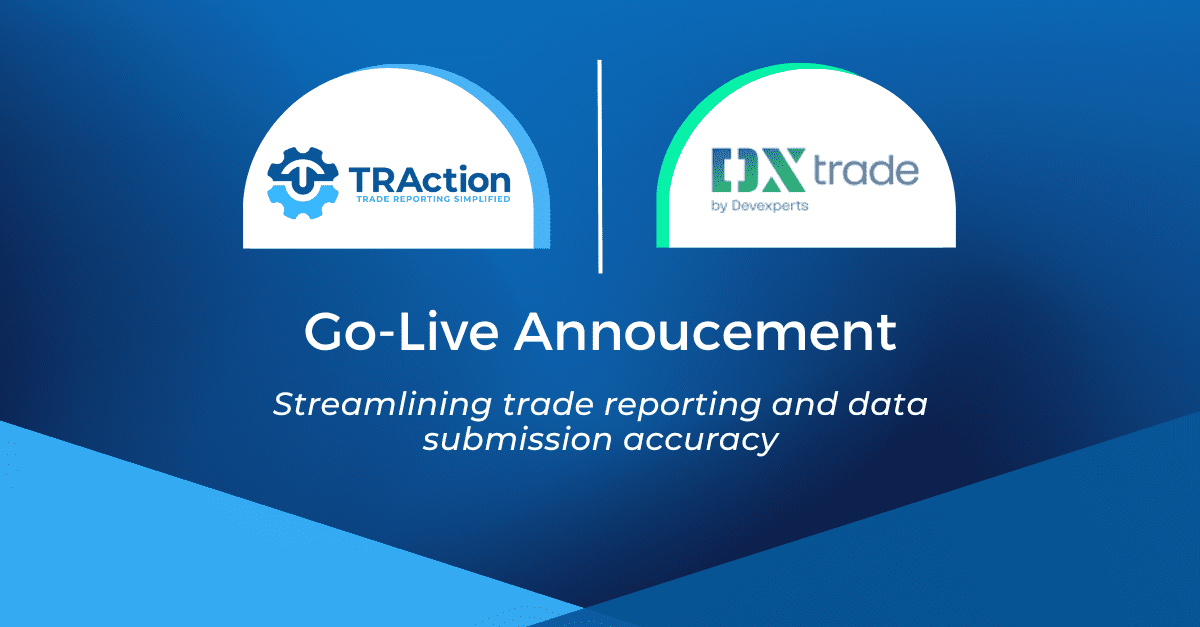Out of all the regulations we discuss and assist with, RTS 27 is the one that causes the most anguish and frustration. Why?
Are Best Execution and RTS 27 the same thing?
No, though they are related and often ‘packaged’ together. Best Execution deals with rules and processes to achieve a good outcome for clients. RTS 27 is publicly disclosing (on your website) a report on execution statistics.
RTS 27 was designed for Trading Venues not typical CFD brokers
ESMA’s guidance on RTS 27 effectively means that CFD providers that are running a platform and service with little resemblance to a Trading Venue are expected to collect, collate and report on a lot of information they don’t have access to and from a perspective which they don’t operate in.
ESMA’s Q&As state: “For instance, ESMA considers that a CFD provider that deals on own account, and regularly quotes two-way pricing for an instrument would meet the definition of “other liquidity provider” under RTS 27. However, as set out previously, there is no expectation that a firm will need to be continuously willing to enter into transactions to buy and sell financial instruments at all times to be considered a liquidity provider.”
“Machine readable” is not defined
The regulations specify that RTS 27 reports must be “machine readable” and imply that they could be ingested and compared by regulators and other market participants in an automated way for a variety of purposes. Computers can read a CSV, .xls or PDF. Until further qualification is provided by ESMA, it would seem that all three technically qualify as “machine readable”.
Peers are reporting in vastly different formats
With a quick google search of “RTS 27 reports” reports of your suppliers and competitors can easily be viewed. However this can be a difficult process as at this stage as industry practice for interpretation of many of the components has not yet developed to a point where comparisons can be reliably made.
Because it is only due quarterly the creation process is generally ad-hoc
Companies and people tend to automate processes that are due every day, like T+1 transaction reporting. RTS 27 reports have to be done every 3 months for the previous quarter which contributes to leaving it to the last moment and doing them in a panic.
Do some of these sound like your firm’s problems or frustrations with RTS 27?
Call TRAction now and see if we can help.




